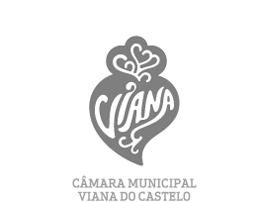Up in the highlands of Portugal’s North-West and stretching across 72,000 ha, the National Park of Peneda-Gerês is a territory of unmatched value due to its natural and landscape characteristics. The Park’s highlands were humanized in continuity at least since the Neolithic era. The landscape is marked with signs of the many thousand years old human presence – silently, they reveal the time-laboured unity between man and the environment that he came to inhabit. Small settlements can be found deep in the valleys carved in-between steep slopes – settlements often built over rocky plateaus so as to safeguard the arable land for pastures and agriculture. Traces and testimonies of the human occupation run throughout a landscape of walls and terraces, stone granaries (espigueiros), stone-fenced wolf traps (fojos de lobos), shepherds’ shelters, and soul-praying shrines (alminhas). The indelible marks of the vital communication between Man and Nature – a relation at times cooperative but also tense as the relation of shepherds, of herds and wolfs. These territories of signs can then be seen as a mirror of the complex trade-offs between humanity and the wilderness beasts. Remnants of an agrarian society, the small villages are places of silence, sunk in the depths of the valleys, covered in the hazy mist, encircled by the oppressive, dark green of the landscape.
According to an estimate in 2011, only a few as 7,000 people lived in the Park scattered across 114 villages.
The grazing of sheep or cattle and the farming of land is now mostly done by women and the elderly, the ones who resisted either by will or fate, to the rural exodus and the profound transformations that have pinned the region to the modern times. With the ageing of the population and the transformation of the countryside into a space of touristic consumption, they are the last human remnants of a way of inhabiting, of a conception of the living world that sees itself en route to extinction.
Bruno Simões Castanheira
April 2016




